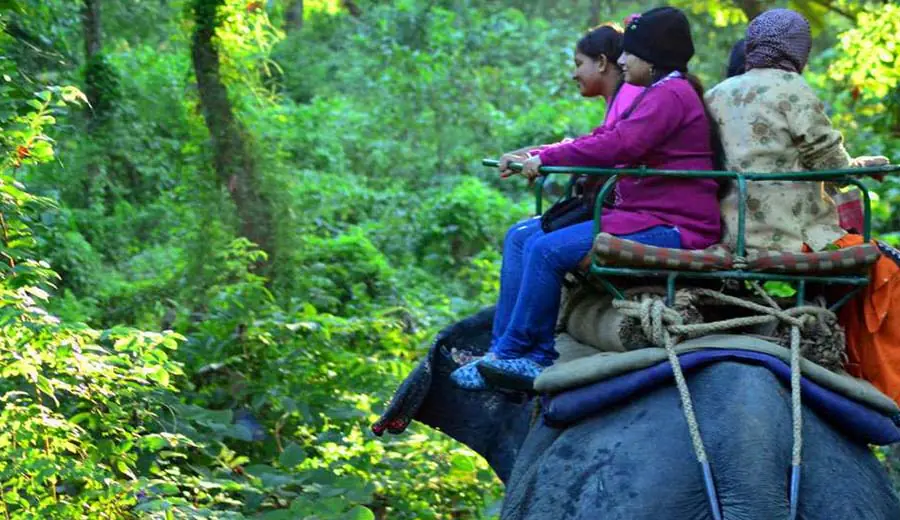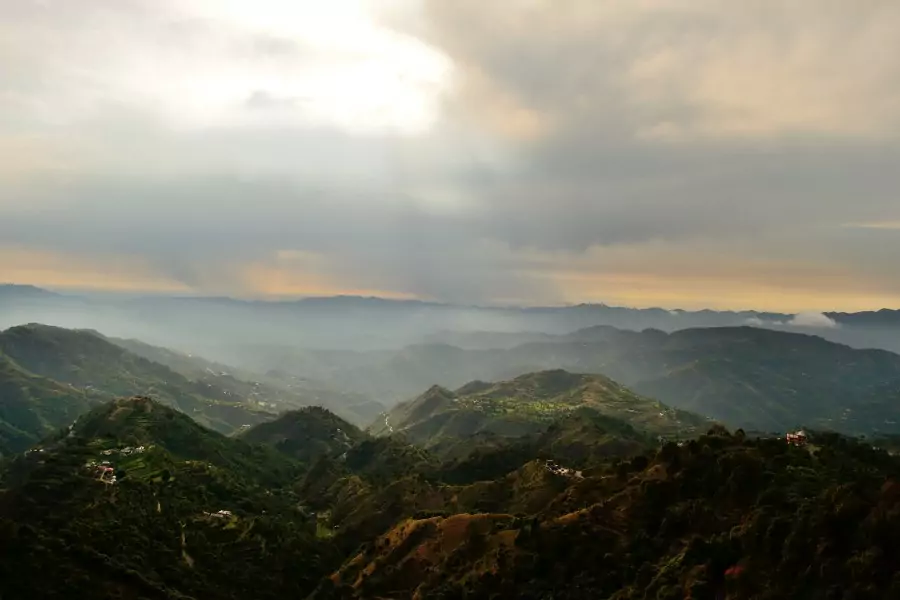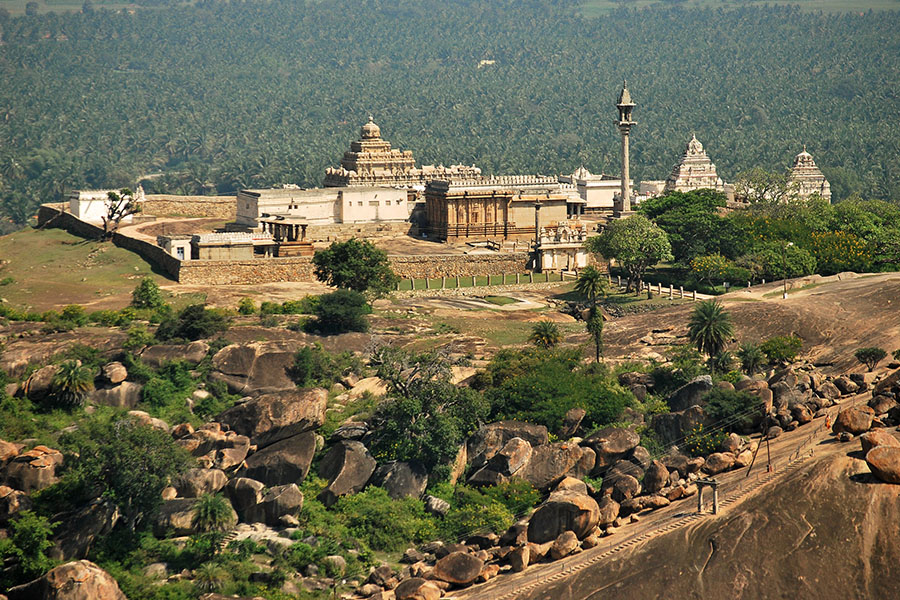Jaldapara National Park
Jaldapara National Park is a wildlife reserve located in the Alipurduar district, West Bengal, India. It was established in 1941 and covers an area of 216 km². The park is known for its population of Indian one-horned rhinoceroses and is home to several other species of animals, including elephants, tigers, leopards, and several species of deer and birds. Jaldapara is considered one of the best places in India to see rhinos in the wild.
History
Jaldapara National Park has a rich history dating back to the colonial era. It was originally established as a reserve forest in 1941 to protect the Indian one-horned rhinoceros, which was facing severe poaching due to poaching, hunting, and habitat loss. In 2012, it was upgraded to a national park to provide better protection and conservation of the rhino population and other wildlife species. Jaldapara has undergone various changes in its boundary and management over the years, but its commitment to the conservation and protection of its rich biodiversity has remained constant.
Jaldapara National Park Attractions details
Jaldapara National Park offers several attractions for visitors:
Wildlife:
Jaldapara National Park is known for its diverse wildlife, including Indian elephants, one-horned rhinoceroses, leopards, bison, and various species of deer. It also has a rich birdlife, with over 230 species of birds recorded in the park. Visitors can go on an elephant safari, jeep safari or nature walks to see the wildlife and experience the park’s scenic beauty up close.
Bird Watching:
Jaldapara is a paradise for bird watchers, with a large variety of birds including both migratory and resident species. Some of the commonly seen birds include the Bengal florican, Asian openbill, and swamp francolin. The best time to visit Jaldapara for bird watching is during the winter months when many migratory birds visit the park.
Elephant Safari:
Jaldapara’s elephant safaris offer visitors an opportunity to explore the park’s beauty and wildlife from the back of an elephant. During the safari, visitors can see elephants, rhinos, and other wildlife in their natural habitat, and experience the park’s stunning scenery.
Nature walks:
Guided nature walks are a great way to explore the park’s diverse vegetation, including tropical and sub-tropical forests. Visitors can learn about the park’s ecology, flora and fauna, and history from the knowledgeable guides. The nature walks also offer a chance to observe the park’s wildlife, including elephants and other animals, from a safe distance.
Jeep Safari:
Jaldapara’s jeep safaris provide visitors with a unique opportunity to explore the park’s wildlife and scenery. Visitors can see elephants, rhinos, bison, and other animals in their natural habitat, and experience the park’s beautiful scenery from the comfort of a jeep.
Cultural heritage:
Jaldapara National Park is rich in cultural heritage, with several historical sites and ancient ruins located within the park’s boundaries. Visitors can learn about the park’s history and cultural heritage by visiting these sites, which offer a glimpse into the region’s past and its cultural heritage.
Flora:
Jaldapara National Park is home to a diverse range of flora, including tropical and sub-tropical forests, grasslands, and wetlands. Visitors can learn about the park’s vegetation and the important role it plays in supporting the park’s wildlife.
Adventure activities:
In addition to wildlife watching and nature walks, Jaldapara National Park also offers several adventure activities, such as trekking, camping, and kayaking. These activities provide visitors with a unique opportunity to explore the park’s beauty and get a closer look at its wildlife and scenery.
Accommodation:
Jaldapara National Park has several lodges, resorts, and camping sites available for visitors. These facilities provide comfortable accommodations for visitors and are a great base for exploring the park and its attractions.
Conservation efforts:
Jaldapara National Park plays an important role in conserving the region’s wildlife and vegetation. The park’s staff and conservation organizations work tirelessly to protect the park’s wildlife, preserve its vegetation, and educate visitors about the importance of conservation.
Best time to visit:
Jaldapara National Park is open all year round, but the best time to visit is from September to June. During these months, the weather is pleasant and the park’s wildlife is more active, making it a great time to explore the park and its attractions.
How to reach
Jaldapara National Park is located in Alipurduar district of West Bengal, India. Here are some ways to reach the park:
- By Air: The nearest airport is Bagdogra Airport, located about 120 km from Jaldapara. From there, visitors can hire a taxi or take a bus to reach the park.
- By Train: The nearest railway station is New Alipurduar Railway Station, located about 65 km from Jaldapara. From there, visitors can hire a taxi or take a bus to reach the park.
- By Bus: Jaldapara National Park is well connected by road, with regular bus services available from nearby cities. Visitors can take a bus from Alipurduar or Siliguri to reach the park.
- By Car: Jaldapara National Park is easily accessible by car, with well-maintained roads leading to the park. Visitors can drive to the park from nearby cities such as Alipurduar or Siliguri.
Note: It is advisable to plan your trip to Jaldapara National Park in advance, as the park can get crowded during peak season. Visitors are also advised to carry adequate water and food supplies, as well as appropriate clothing and footwear for the trip.
Activities to do at Jaldapara National Park
Visitors to Jaldapara National Park can participate in the following activities:
- Wildlife watching: Go on an elephant safari, jeep safari or nature walk to see the park’s diverse wildlife, including Indian elephants, one-horned rhinoceroses, leopards, bison, and various species of deer.
- Bird watching: Jaldapara is a paradise for bird watchers, with over 230 species of birds recorded in the park.
- Elephant safari: Explore the park’s beauty and wildlife from the back of an elephant during a guided elephant safari.
- Nature walks: Take a guided nature walk to explore the park’s vegetation and learn about its ecology, flora, and fauna.
- Jeep safari: See the park’s wildlife and scenic beauty from the comfort of a jeep during a jeep safari.
- Trekking: Explore the park’s beautiful terrain and scenic beauty on a guided trek.
- Camping: Pitch a tent and spend a night in the park to experience its beauty and peacefulness.
- Kayaking: Explore the park’s wetlands and rivers by kayak, and see the park’s wildlife and scenery from a different perspective.
- Visit cultural heritage sites: Learn about the park’s history and cultural heritage by visiting its historical sites and ancient ruins.
- Conservation education: Learn about the park’s conservation efforts and the importance of preserving its wildlife and vegetation from knowledgeable guides.
Safari Timing
The timing for safaris in Jaldapara National Park depends on the type of safari. Here are the timings for the most popular safaris:
- Elephant Safari: Elephant safaris are usually conducted twice a day, with one session in the morning and another in the evening. The morning safari usually starts at around 6:30 AM and lasts for about 2-3 hours, while the evening safari starts at around 3:30 PM and lasts for about 2 hours.
- Jeep Safari: Jeep safaris are usually conducted once a day and last for about 3-4 hours. The timing for jeep safaris varies, but they usually start at around 7:00 AM.
- Nature Walk: Nature walks are usually conducted twice a day, with one session in the morning and another in the evening. The morning nature walk usually starts at around 7:00 AM and lasts for about 2 hours, while the evening nature walk starts at around 4:00 PM and lasts for about 1 hour.
It is advisable to book your safari in advance, as the park can get crowded during peak season and safari slots can fill up quickly. Visitors are also advised to carry adequate water and food supplies, as well as appropriate clothing and footwear for their safari.



